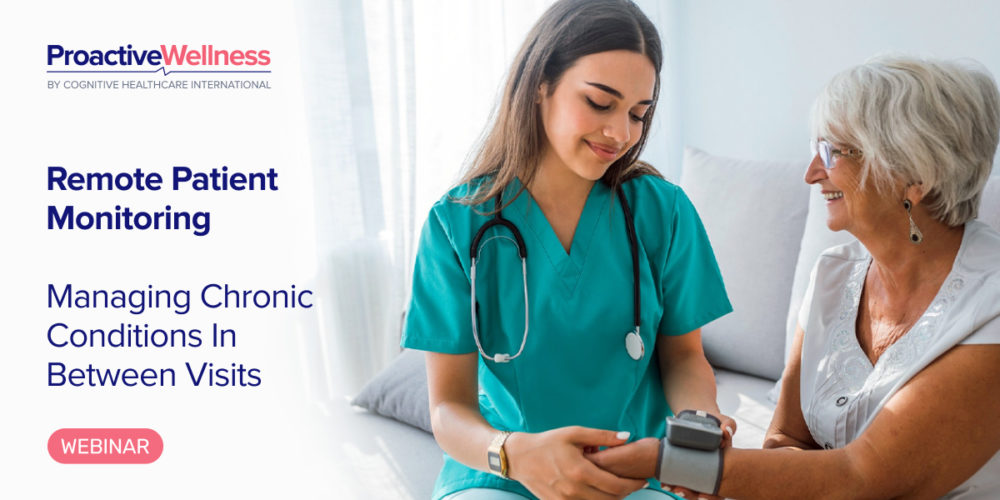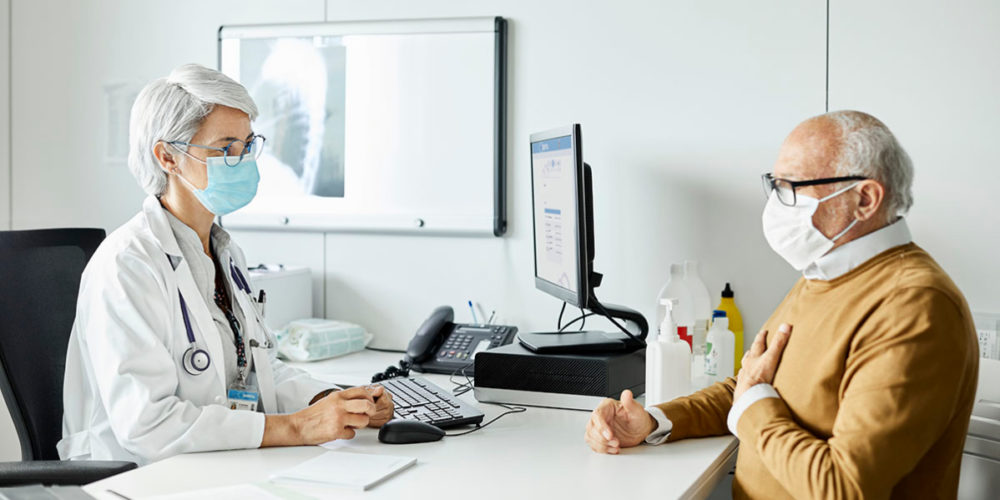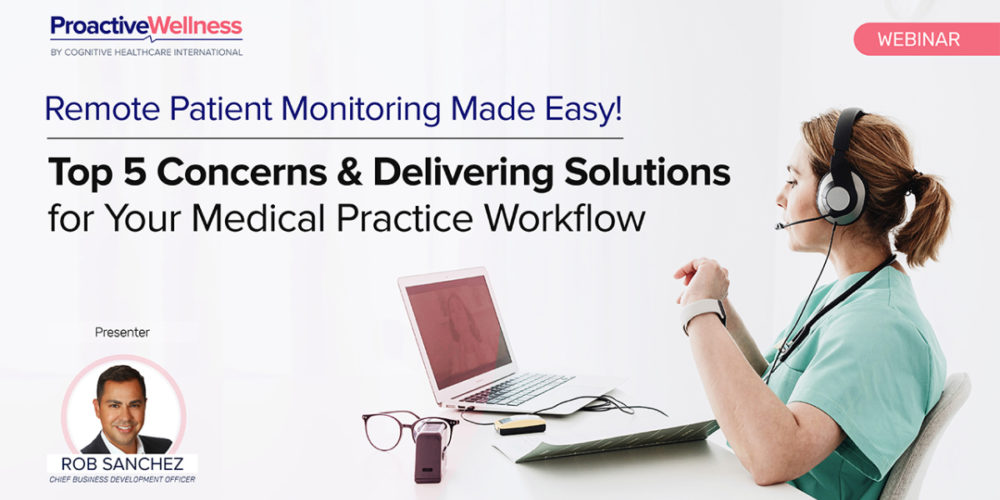Remote patient monitoring (RPM) is a technology that allows patients to measure and share their vital signs and symptoms with their healthcare providers using devices such as blood pressure monitors, pulse oximeters, thermometers, and smartphones. RPM can enable timely and personalized interventions, improve patient engagement and satisfaction, and reduce the risk of complications and hospitalizations.
But one of the major benefits of RPM is its ability to reduce costs. Over the next 25 years, RPM is expected to save $200 billion in healthcare costs globally[1]. 69% of healthcare professionals ranked RPM the #1 reducer of overall costs [2].
How does RPM achieve these cost savings? Here are some of the ways:
- Preventing avoidable hospital visits.
RPM can help patients manage their chronic conditions such as diabetes, heart failure, and chronic obstructive pulmonary disease at home, reducing the need for frequent office visits or emergency room trips. For example, a study by Kaiser Permanente found that deploying RPM to treat COVID-19 patients proved effective in preventing readmissions and improving recovery from the virus[3]. - Reducing length of stay and readmissions.
RPM can also help patients recover faster and avoid complications after hospital discharge, especially for those who undergo surgery or have high-risk factors. For example, a study by Mayo Clinic documented how its RPM program prevented avoidable hospital readmissions and improved patients’ recovery from COVID-19[4]. The study reported that only 9.4% of patients were admitted to the hospital within 30 days of enrollment or discharge, and the 30-day mortality rate was 0.4%. - Improving care coordination and efficiency.
RPM can facilitate communication and collaboration among different members of the care team, such as physicians, nurses, pharmacists, and caregivers. RPM can also streamline workflows and reduce administrative burdens by automating data collection, analysis, and reporting. For example, care coordination software options can start as low as $0.99 per month or run as high as $8 per managed patient per month[5].
Of course, implementing RPM is not without challenges. Some of the barriers include:
- Lack of reimbursement and incentives
Although the Centers for Medicare & Medicaid Services (CMS) has expanded reimbursement for qualifying RPM services for acute-condition management in 2021[4], many private payers still do not cover RPM or offer adequate incentives for providers to adopt it. - Lack of interoperability and integration.
Many RPM devices and platforms are not compatible with each other or with existing electronic health records (EHRs) systems, making it difficult to share and use data across different settings and providers. - Lack of patient engagement and adherence.
Not all patients are willing or able to use RPM devices or follow their care plans consistently. Some may face challenges such as low digital literacy, limited access to technology, or privacy concerns.
To overcome these barriers, providers need to:
- Advocate for policy changes and value-based contracts.
Providers should work with payers, policymakers, and regulators to create more favorable reimbursement models and incentives for RPM adoption and utilization. - Invest in interoperable and user-friendly solutions.
Providers should choose RPM devices and platforms that are compatible with their EHRs systems and other technologies, as well as easy to use for both patients and providers. - Engage patients and caregivers in shared decision-making
Providers should involve patients and caregivers in selecting appropriate RPM devices, setting realistic goals, providing education and support, and monitoring progress and feedback.
RPM is a promising technology that can transform healthcare delivery and outcomes while reducing costs. By addressing the challenges and leveraging the opportunities of RPM, providers can offer more accessible, convenient, and personalized care to their patients.
References:
[1]: Understanding All the Costs of Remote Patient Monitoring – Aetonix
[2]: How Remote Patient Monitoring Can Reduce Healthcare Costs – Skedulo
[3]: Studies Find That Remote Monitoring Advanced Care During Pandemic | AHA
[4]: How remote patient monitoring improves care, saves … – Healthcare IT News
[5]: How Much Does Software for Remote Patient Monitoring (RPM)….ThoroughCare



